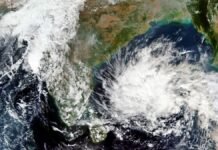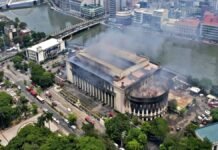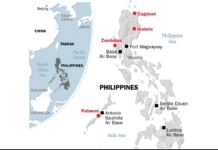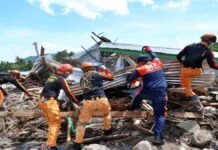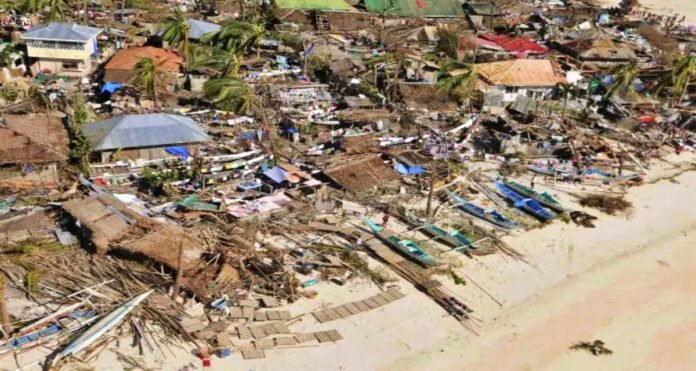
Manila: The death toll in this year’s worst storm in the Philippines has risen to more than 200 and 52 people are still missing. Many central cities and provinces in the country are grappling with communication and power outages and are pleading for food and water. Officials gave this information on Monday.
Before making landfall in the South China Sea on Friday, the severe storm had the highest winds of 195 kilometers (121 mph) and gusts of 270 kilometers per hour (168 mph). According to the National Police, at least 208 people have been killed, 52 are missing and 239 people have been injured. The death toll was expected to rise as many towns and villages were cut off due to communication disruptions, power cuts, and closed roads. However, with better weather, massive clean-up and repair efforts were underway.
Many of those who died were hit by falling trees or walls, many drowned in flash floods or were buried alive in landslides. In Negros Occidental province, a 57-year-old man was found hanging from a tree branch, and a woman was thrown into the air and died, police said. Arlene Bag-Ao, governor of the Dinagat Islands, one of the southeastern provinces and the first hit by the typhoon, said Rai’s brutality in the island province with a population of more than 130,000 was worse than Hurricane Haiyan. , which is one of the most powerful and deadliest hurricanes on record and devastated the central Philippines in November 2013, but there were no casualties in Dinagat. At least 14 villagers were killed and more than 100 others were injured and treated in temporary surgery rooms at Dinagat’s damaged hospitals after being blown off roofs, debris, and glass fragments, Bagh-Ao said.

He said many more people would have died if thousands of residents had not been evacuated from high-risk villages before the storm struck. Like many other hurricane-hit provinces, Dinagat was hit by power and communications, and many residents in the province needed food and water. Bagh-Ao and other provincial officials traveled to nearby areas where phone signals were coming in to ask the national government for help and coordination in relief efforts. More than 700,000 people were affected by the storm in the Central Island provinces, with more than 400,000 being taken to emergency shelters.







































